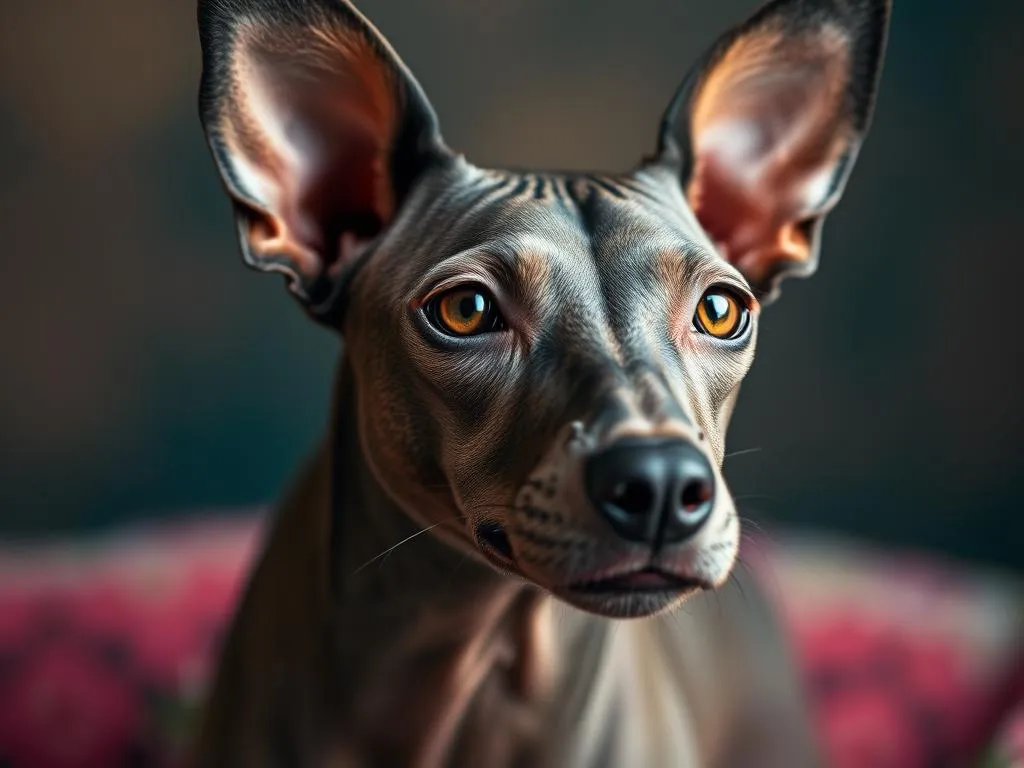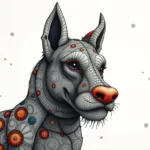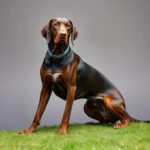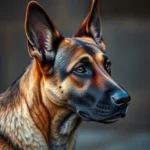
Introduction
Dog breeds are distinct categories of dogs that share specific characteristics, behaviors, and appearances. Each breed has unique traits that can influence a dog owner’s choice, making it essential to understand these attributes to ensure a harmonious relationship with their canine companion.
One of the most fascinating dog breeds is the Mexican Hairless Dog, also known as the Xoloitzcuintli. This breed has a rich history and cultural significance that dates back thousands of years. The Xoloitzcuintli is not just a pet; it embodies the spirit of ancient Mexico and has been revered as a companion throughout various eras.
History of the Xoloitzcuintli
Origin and Ancestry
The Xoloitzcuintli is one of the oldest dog breeds in the world, believed to have originated over 3,000 years ago in Mexico. Its roots trace back to the pre-Columbian civilizations, including the Aztecs, Toltecs, and Maya. The breed was often associated with the spiritual beliefs of these cultures, serving as a guide for souls in the afterlife and as a companion for the living.
Cultural Significance
In ancient Mexican mythology, the Xoloitzcuintli was considered a sacred animal. It was believed to possess healing powers and was often used in rituals. This breed appeared in numerous artworks and artifacts, highlighting its importance in the daily lives of indigenous peoples. The Xoloitzcuintli’s presence in folklore emphasizes its role as more than just a pet; it was regarded as a protector and a spiritual companion.
Recognition and Status
Despite its rich history, the Xoloitzcuintli faced a decline in numbers due to colonization and modern breeding practices. However, dedicated preservation efforts have revived interest in this unique breed. Today, the Xoloitzcuintli is recognized by various kennel clubs, including the American Kennel Club (AKC). Breed clubs and organizations work tirelessly to promote awareness and responsible breeding practices, ensuring the preservation of this ancient lineage.
Physical Characteristics
Appearance
The Xoloitzcuintli is characterized by its distinct appearance. It comes in three sizes: toy, miniature, and standard, typically weighing between 10 to 55 pounds. The height varies from 10 to 20 inches. One of the most notable features is its hairlessness, which gives it a unique look that sets it apart from other breeds.
Coat Varieties
While the Mexican Hairless Dog is primarily known for its hairless variety, there are coated versions as well. The hairless Xolo can have varying skin textures, often appearing smooth and warm to the touch. The coated variety features a short, dense coat, providing more protection against the elements. Color variations include black, gray, red, and fawn, often with unique patterns that contribute to each dog’s individuality.
Health Considerations
The hairlessness of the Xoloitzcuintli can lead to specific health considerations. Common health issues include skin allergies, sunburn, and acne. Proper skin care is essential for these dogs, including regular moisturizing and protection from extreme weather conditions. Owners should be vigilant about their dog’s skin health and consult a veterinarian for any concerns.
Temperament and Behavior
Personality Traits
Xoloitzcuintlis are known for their loyal and affectionate nature. They form strong bonds with their families and can be protective of their loved ones. Their temperament is often described as calm and gentle, making them excellent companions for families and individuals alike. They thrive on human interaction and often seek out affection.
Socialization Needs
Early socialization is crucial for the Mexican Hairless Dog. Exposing them to various environments, people, and other animals will help them develop into well-rounded dogs. A properly socialized Xoloitzcuintli is more likely to be confident and comfortable in different situations, reducing the likelihood of fear-based behaviors.
Training Requirements
Training a Xoloitzcuintli can be a rewarding experience as they are intelligent and eager to please. Basic obedience training should begin early, with emphasis on positive reinforcement techniques. Consistency and patience are key. These dogs respond well to gentle correction and rewards, making training sessions enjoyable for both the dog and the owner.
Care and Maintenance
Diet and Nutrition
A well-balanced diet is essential for the health of the Xoloitzcuintli. High-quality dog food that meets their specific nutritional needs is recommended. Due to their unique metabolism and activity levels, it is important to monitor their weight and adjust their diet accordingly. Consulting with a veterinarian can provide tailored dietary advice.
Exercise Requirements
The Xoloitzcuintli is an active breed that requires regular exercise. Daily walks, playtime, and mental stimulation activities, such as puzzle toys, are ideal for keeping them engaged. They enjoy outdoor activities but should be protected from extreme temperatures, especially the heat, due to their hairless nature.
Grooming Needs
Grooming a Mexican Hairless Dog involves more than just regular baths. Their skin requires special care to prevent dryness and irritation. A moisturizing lotion or oil can help maintain skin health. For the coated variety, regular brushing is necessary to keep the coat healthy. Both varieties should have their nails trimmed regularly and ears checked for cleanliness.
Living with a Xoloitzcuintli
Home Environment
The ideal living conditions for the Xoloitzcuintli include a comfortable indoor space where they can interact with their family. They adapt well to various living environments, whether in apartments or homes with yards. However, they should always be protected from extreme weather, as their hairlessness makes them susceptible to the elements.
Interaction with Family Members
Xoloitzcuintlis thrive on affection and companionship. Engaging in bonding activities such as playtime, training, and family outings strengthens the relationship between the dog and its owners. They generally get along well with children and other pets, provided they have been properly socialized.
Potential Challenges
As loving and loyal companions, Xoloitzcuintlis can exhibit some behavioral challenges, such as separation anxiety if left alone for extended periods. Training and consistent routines can help mitigate these issues. Additionally, their health concerns, particularly skin-related issues, may require more attention than other breeds, necessitating a commitment to their care.
Adoption and Breeder Considerations
Finding a Xoloitzcuintli
When looking to welcome a Mexican Hairless Dog into your home, it’s important to locate reputable breeders or rescue organizations. Research thoroughly and ask questions about the breeder’s practices, the dog’s lineage, and health clearances. Connecting with breed clubs can also provide valuable resources for finding a Xoloitzcuintli.
Cost of Ownership
The initial cost of acquiring a Xoloitzcuintli can vary significantly, depending on the breeder and the dog’s lineage. Beyond the purchase or adoption fee, prospective owners should consider long-term care expenses, including food, veterinary care, grooming, and training. Preparing for these costs can ensure a smooth transition into dog ownership.
Ethical Considerations
Choosing to adopt a Xoloitzcuintli instead of purchasing one from a breeder is a commendable decision. Adoption not only gives a dog a second chance at life but also helps combat the overpopulation of dogs in shelters. Understanding the breed’s unique needs and responsibilities is essential for potential owners, ensuring a successful and fulfilling relationship.
Conclusion
The Mexican Hairless Dog, or Xoloitzcuintli, is a breed that offers a unique blend of history, loyalty, and companionship. Their ancient roots and cultural significance make them a special addition to any home. With the right care, training, and love, a Xoloitzcuintli can bring joy and fulfillment to its owner’s life.
Considering the Xoloitzcuintli? Embrace the opportunity to share your life with this remarkable breed, and you will discover the joy of having a dog that is not just a pet, but a true companion.









